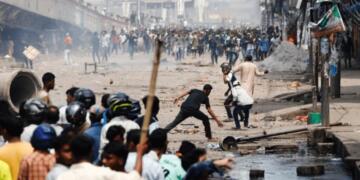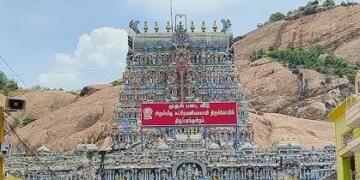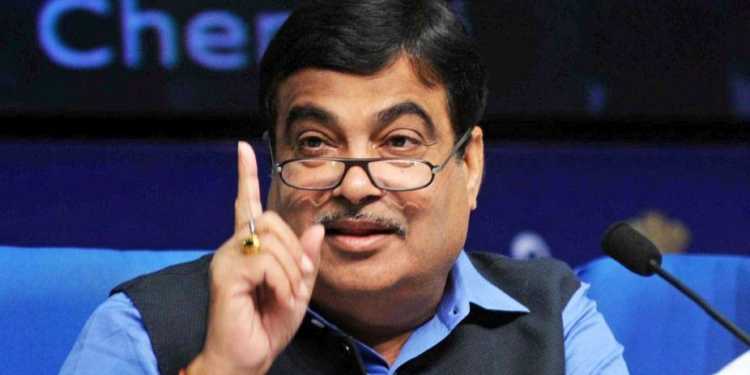Modi government’s push for using Inland waterways after coming to power brought the need for waterways in the light once again. Union Minister for Road Transport and Highways, shipping and water resources, Nitin Gadkari flagged off the first cargo container movement on October, 30. The first waterway between Kolkata and Varanasi named ‘National Waterway-1’ has been developed as the first step toward “The Push”.
Speaking at the economic conclave, Nitin Gadkari revealed that in a short period of one month only, more than 80 Lakh tonnes of goods have been transported through the waterway. The target for the next year is 280 Lakh tonnes, he added. Union minister further told that waterways are the cheapest mode of transportation costing just Re 1/ton while Road transportation cost Rs 10/ ton and for Railways, it is Rs 6/ton. The Waterways transportation costs will further be reduced to 50 Paisa/ ton by using Methanol as fuel instead of Diesel, Mr. Gadkari also added.
National Waterway-1 has been built as part of the central government’s ‘Jal Marg Vikas’ Project (JMVP) that aims to develop the stretch of the river Ganga between Varanasi and Haldia for navigation of large vessels weighing up to 1,500-2,000 tonnes. NW-1 is developed through financial and technical assistance from Word Bank with a cost of Rs 5,369 crore under the banner of Jal Marg Vikas Project (JMVP).
Junaid Ahmad, World Bank Country Director for India in his statement said, “Harnessing the mighty rivers of South Asia to build an effective multi-modal transport strategy will give the region a competitive edge on the global scene. This project will allow India to move goods seamlessly between road, rail, and water, and bring down logistics’ costs. Importantly, this Project will help IWAI put in place environmentally-sustainable strategies for inland navigation that can be replicated on other waterways in India and other countries.”
The 1,360 km stretch of the Ganga River between Varanasi & the seaport of Haldia being named as National Waterway (NW)-1 would facilitate the transport of cargo and thereby result in the economic development of the region. The NW-1 passes through Uttar Pradesh, West Bengal, Jharkhand, and Bihar, serving major cities like Varanasi, Prayagraj, Patna, Howrah, Calcutta, Haldia etc.
Nitin Gadkari also estimated that the growth of Waterways will create more than 1.25 Lakh job opportunities. Ours is a pro-investment nation and we need to identify the sectors that will help in increasing the jobs for the youth of our country, he added.
In terms of fiscal efficiency too, waterways transportation is far more efficient than road or rail. The countries in Europe and North America developed sound infrastructure for waterways transportation over the decades. Our eastern neighbor also developed an efficient water transportation system in a very short period of time. But previous Indian governments had a lackluster attitude towards developing water land transportation infrastructure. Modi government gave the responsibility to develop infrastructure to one of the best performing ministers, Nitin Gadkari. In upcoming years many more positive developments could be seen in waterways transportation. The development of waterways will do justice to the historical importance of rivers in Indian civilization.































